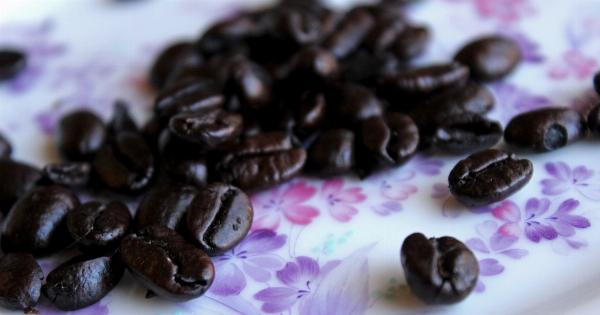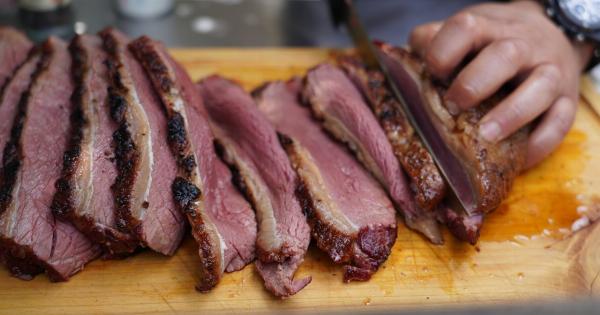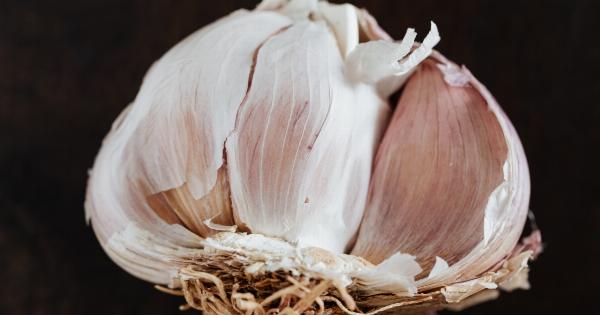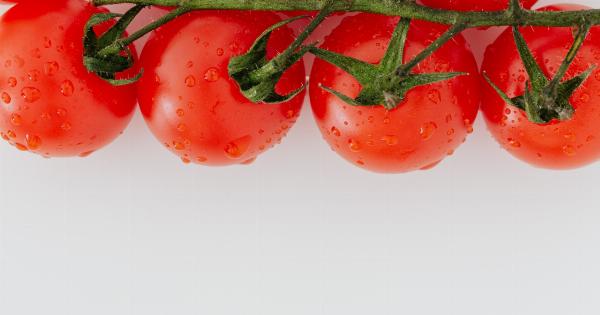Bread and pasta are both popular staples in many diets across the world. Both are made from wheat flour, undergo the process of kneading, and can be cooked in various ways.
However, there is a difference between the inflating abilities of bread versus pasta. When baked or boiled, bread and pasta regimes differ greatly due to the unique properties of the dough and the final shape of each item. This article aims to compare and contrast the inflating abilities of bread and pasta.
What is Bread?
Bread is one of the most consumed food items worldwide. It is made from wheat flour, water, salt, yeast, and other additives. When these ingredients are mixed and kneaded together, they form a dough, which is then left to rise.
During the rising process, yeast ferments the dough and produces carbon dioxide gas. The carbon dioxide gas fills the dough, causing it to expand and become lighter.
After the rising process, the dough is ready for baking. When the dough is placed in the oven, the heat causes the carbon dioxide gas to continue expanding, producing air pockets throughout the dough.
This is what makes bread so fluffy and chewy after it is baked.
What is Pasta?
Pasta is another popular wheat flour-based food item. It is made from flour, water, and sometimes egg. Unlike bread, pasta dough is not meant to rise. Once the dough is kneaded, it is flattened, cut into the desired shape, and then boiled.
When pasta is boiled, the heat causes the starch in the dough to absorb water. This causes the dough to expand slightly, but not as much as bread.
Comparing Inflating Abilities of Bread and Pasta
When comparing the inflating abilities of bread and pasta, it is clear that bread has much greater inflating abilities than pasta.
Bread dough is designed to trap carbon dioxide gas and allow it to expand during the baking process, which results in a much lighter and fluffier texture than pasta.
Pasta, on the other hand, does not rise as much as bread. When pasta is boiled, it absorbs water and expands slightly, but it does not experience the same level of expansion as bread.
This is because pasta dough is not designed to allow gas to expand and become trapped. Instead, pasta is formed into a specific shape and held in that shape as it is boiled.
The Science Behind It
There are some scientific reasons why bread has greater inflating abilities than pasta. The main reason is the difference in dough structure. Bread dough is designed to trap carbon dioxide gas and allow it to expand, while pasta dough is not.
The gluten in bread dough forms large networks that are able to trap and hold the gas produced during fermentation. Additionally, yeast ferments in a way that makes it easy for the gas to become trapped in bread dough. This is why bread dough can become much lighter and fluffier than pasta dough.
In contrast, pasta dough is not designed to trap gas. The gluten structure in pasta dough is not as complex as bread dough, which means it cannot hold as much gas.
Additionally, pasta dough does not undergo fermentation like bread dough, which means there is less gas production overall. This is why pasta does not rise as much as bread when it is cooked.
Different Cooking Techniques
The cooking techniques for bread and pasta are also different, which affects how much they inflate. Bread is baked, which allows the dough to expand and trap gas.
The heat from the oven makes the gas expand further, resulting in a lighter and fluffier bread.
Pasta, on the other hand, is boiled. When pasta is boiled, the heat causes the starch in the dough to absorb water. This causes the dough to expand slightly, but not as much as bread.
Additionally, pasta is usually cooked in a specific shape, which means it cannot expand as much as bread can.
Bread vs. Pasta Nutrition
Bread and pasta also differ in terms of their nutritional value. Bread is a good source of carbohydrates, fiber, and protein. It also contains B vitamins and iron.
Whole grain bread is especially nutritious, as it contains complex carbohydrates, fiber, and important vitamins and minerals.
Pasta is also a good source of carbohydrates, but it contains less fiber and protein than bread. However, pasta is still a good source of several important vitamins and minerals, such as iron, folate, and selenium.
Additionally, whole wheat pasta is a healthier choice because it contains more fiber and other important nutrients.
Conclusion
Bread and pasta are both popular food items that are made from wheat flour. However, they differ greatly in terms of their inflating abilities.
Bread has much greater inflating abilities than pasta because of its gluten structure and the fermentation process. Additionally, bread is baked, which allows it to trap gas and become much lighter and fluffier than pasta.
While both bread and pasta have their own nutritional benefits, it is important to choose whole grain options to get the most nutrients out of these food items.






























